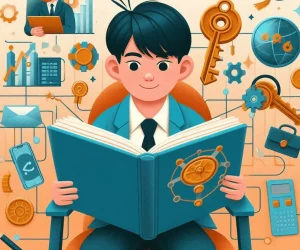Video Modeling is a scientifically proven method of teaching and has been approved by the CEC (Council for Exceptional Children). Studies have been around for many years, but video modeling seems to have just recently surfaced into the mainstream.
I made my own video modeling about 10 years ago having no idea of how effective it was. I made videos out of pure desperation to teach my autistic child.
Video Modeling provides so many lessons, moments, pictures, cues and more. These visuals simply cannot be replicated in one on one teaching to the extent the teaching can be done in video. VM provides repetition without needing a teacher. There are no distracters in VM – no one to attend to – no demands being placed on you and no actions needed. VM is simply watching. Most children with autism are visual learners; which explains the attraction and success.
Autistic children can and do learn skills through one on one teaching. Many times these skills acquired tend to be robotic and are not easily generalized. A one on one setting is not real life. Proper VM can provide more than skill generation, but also a stepping stone to generalization along with social skill teaching. As a simple example, a video can show 2 children doing a puzzle. So, they are learning an academic skill of doing a puzzle, while at the same time, taking turns, sharing, social initiation and talking if able. Another example of a video is of 2 children playing catch. The children are learning the gross motor skills of catching and throwing, following directions, language skills and appropriate timing of employing language such as “throw it”, “catch it”, “over here”, “nice catch”, etc…. You can see that the opportunities of providing video of real life can be much more inclusive than one on one skill teaching. And again, the repetition of a video is key!
Once skills are obtained, generalization easily occurs by setting up a scene as shown in the movie, mimicking the scene and then beginning to change the environment of the scene. As an example, child learns to build a sand castle from video. Mimic the scene and build a sand castle. Expand and begin to generalize by going to park and build castle, take a child to play with and build castle, build castle at beach, have 3 or 4 children work together, etc…
Children love children! Children learn through play and having fun. This is what I have learned through the years and what I employ in my videos. VM is super effective but can also be a lot of fun and a very diverse teaching tool. Video can teach functional skills, play skills, social skills, language skills and much more. Teaching skills through video and fun are the most effective. Children do not know they are learning – they think they are having fun watching kids play!






More Stories
How Special Needs Advocates Empower Families
Why Special Needs Preschools Are Essential for Growth
Top Special Education Resources to Enhance Instruction